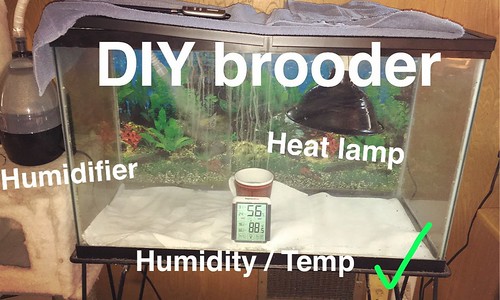brighterdaysaviary
New member
Hello!
I'm new to the forum but I have been surfing and reading some threads for the past few days and decided to make an account.
I am a hobby breeder of Lovebirds and as I was surfing the forums I remember seeing a comment that using a heat lamp to keep the babies warm may interfere with development. I have never heard of this before and it got me alarmed.
I looked online through many handfeeding and raising baby parrot articles and they all said you can use a brooder, heat lamp, or heating pads.
I, of course, want to the best for my babies and would like to reach out to other people and hear their opinions on this topic and point me towards the direction of any research and evidence that was done on this topic if they know of any.
Thanks!
I'm new to the forum but I have been surfing and reading some threads for the past few days and decided to make an account.
I am a hobby breeder of Lovebirds and as I was surfing the forums I remember seeing a comment that using a heat lamp to keep the babies warm may interfere with development. I have never heard of this before and it got me alarmed.
I looked online through many handfeeding and raising baby parrot articles and they all said you can use a brooder, heat lamp, or heating pads.
I, of course, want to the best for my babies and would like to reach out to other people and hear their opinions on this topic and point me towards the direction of any research and evidence that was done on this topic if they know of any.
Thanks!
